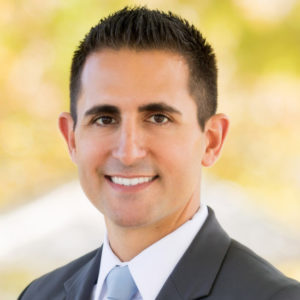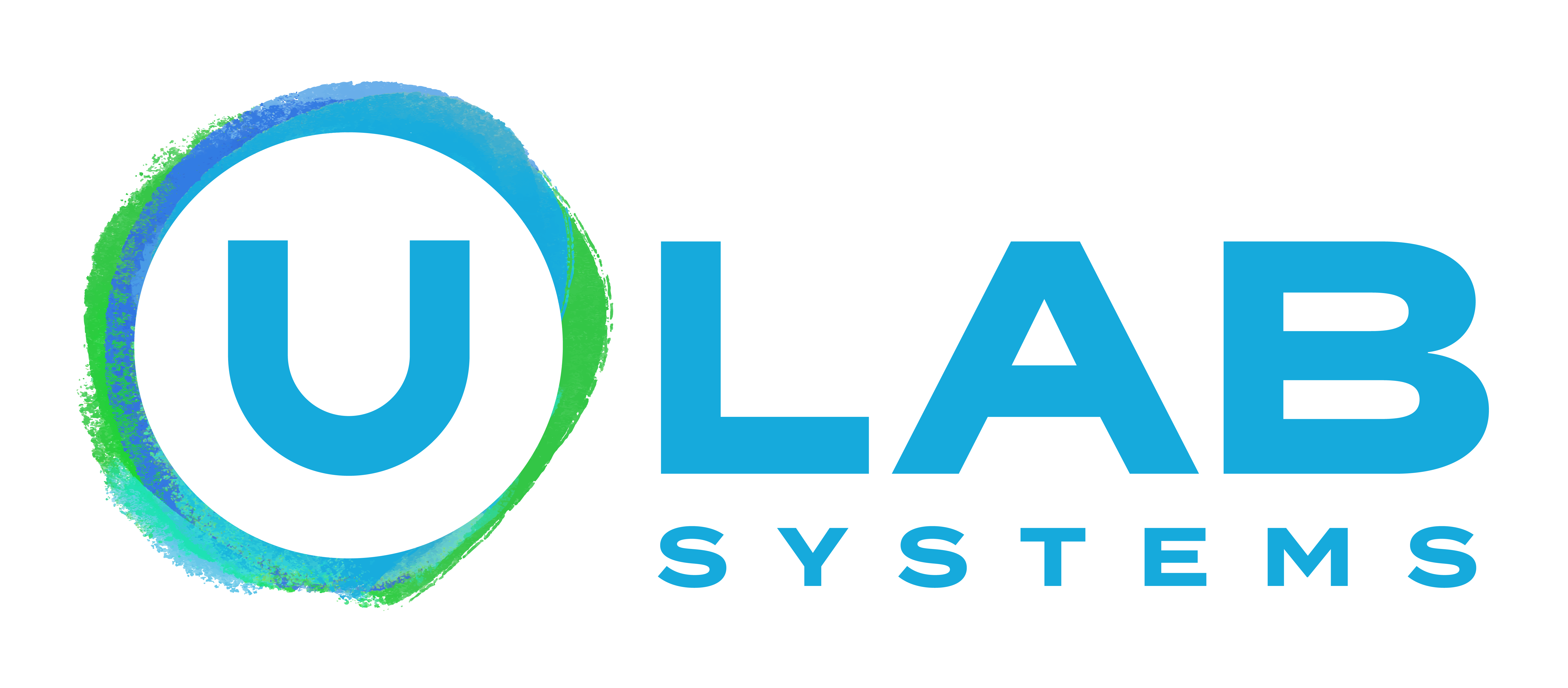Find out why Dr. Jeremy Manuele:
- creates refinements without a new scan
- places large bite turbos on the canines
- sets up global movements then has the digital assistant fine-tune
- opens space for de-rotating pre-molars
Tip #1: Chairside refinements without a new scan.
When I was using the leading aligner brand, some patients were able to seat their aligners for months after their treatment stopped tracking. Now all my uSmileTM cases track at 90% or better at the end of the planned treatment. This is likely due to the more retentive plastic, and the higher trimline. If a patient isn’t tracking, I catch it very early. At the end of treatment if I want to make a minor refinement, I don’t even need to rescan, I just add a keyframe to their digital treatment in uDesign and program a few more stages. This efficient approach to refinements saves me and my team quite a bit of time. And spares the patient another scan and appointment.
Tip #2: With bite turbos, size matters.
With uDesign, I can place bite turbos where I want, and increase their size considerably. I find they are very effective and predictable at opening a bite when used in this manner. It is easier for patients to tolerate large bite turbos when they are placed on the canines as compared to the central or lateral incisors. It’s also much less likely to impede a patient’s speech when placed this way. I haven’t seen other orthodontic software offer this level of flexibility with bite turbos.

Tip #3: Setup arch forms in three minutes, then pass it on.
With the improved Guided Setup in uDesign 7, I fundamentally changed my digital setup process. I used to have my digital assistant or uAssistTM set the case up, then I would fine tune it. Now I quickly address the global movements like midlines, arch form, and expansion, and then I assign it to my digital assistant or uAssist to finalize the details. With Guided Setup, I’m done in under three minutes.
Tip #4: Open space before de-rotating.
For rotated premolars, I create space mesial and distal to the premolar in the first three stages. This provides the collision-free room to move, as well as providing more force with more plastic surrounding these teeth. I will maintain these spaces throughout their treatment before closing it up completely in the last few stages. This makes de-rotations much more predictable.

Jeremy Manuele, DMD
Hamilton & Manuele Orthodontics
Las Vegas, NV
MAR-0000976 Rev 1
